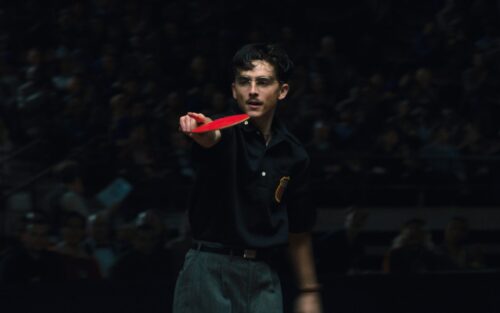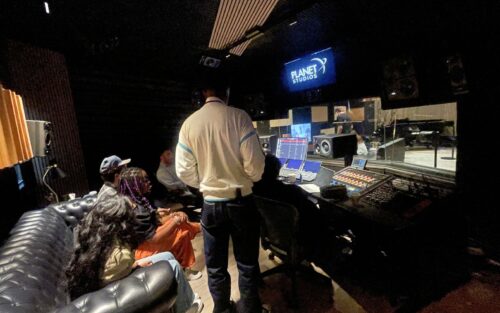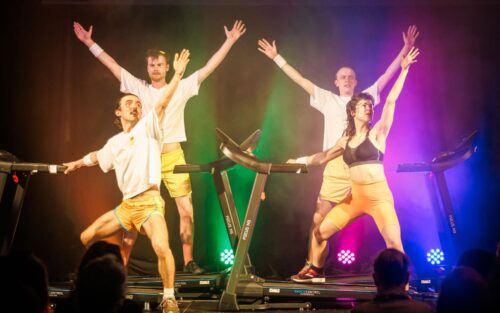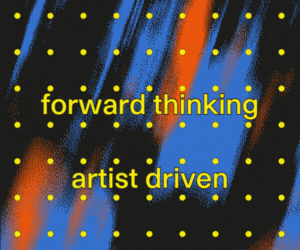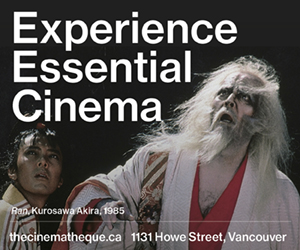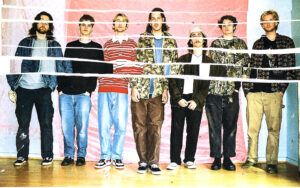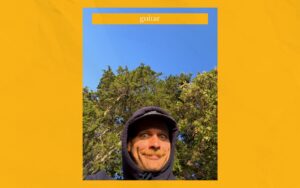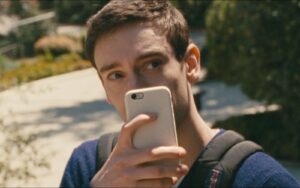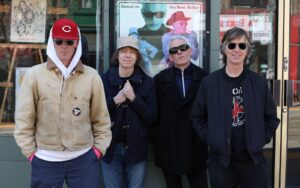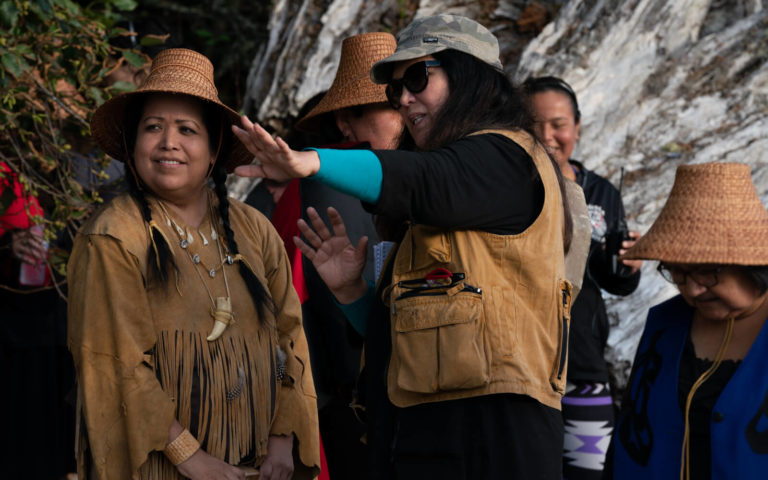
How Loretta Todd Became An Emblem of Indigenous Brilliance
The Cree/Métis filmmaker, new media artist, and Monkey Beach director has spent her career breaking down barriers and forging paths along the way.
by Maggie McPhee
- Published on
Loretta Todd has just returned from Cannes Film Festival where she attended their Indigenous Co-Production Forum. While there she was in the process of launching the IM4 lab, an organization that supports immersive learning opportunities for Indigenous artists working with augmented reality, virtual reality, and 360-degree video. The day she flew home she sent off a grant application to finance an Augmented Reality mural.
The project would invite Indigenous youth to work with master artists to develop a large-scale 2D painting that triggers AR visuals and sounds using a simple phone app. Viewers would behold a possible Indigenous future. “Our young people need to see themselves as elders,” she tells RANGE. “They need to feel like they can get old, and that when they get old, it can be good.”
Todd has always occupied the cutting edge of technological innovations and cultural conversations. Over the course of her 30-year-long career, she’s jumped hurdle after hurdle propped up by Canada’s colonial film industry. The media landscape she entered after film school was populated by “media missionaries” who propagated “cultural tourism,” she says. It was typical for documentarians to invade Indigenous communities, take their stories, and benefit from sharing their trauma with the wider world. In this environment, Todd was never able to focus solely on her creativity. “I had to be one of those media warriors,” she says.
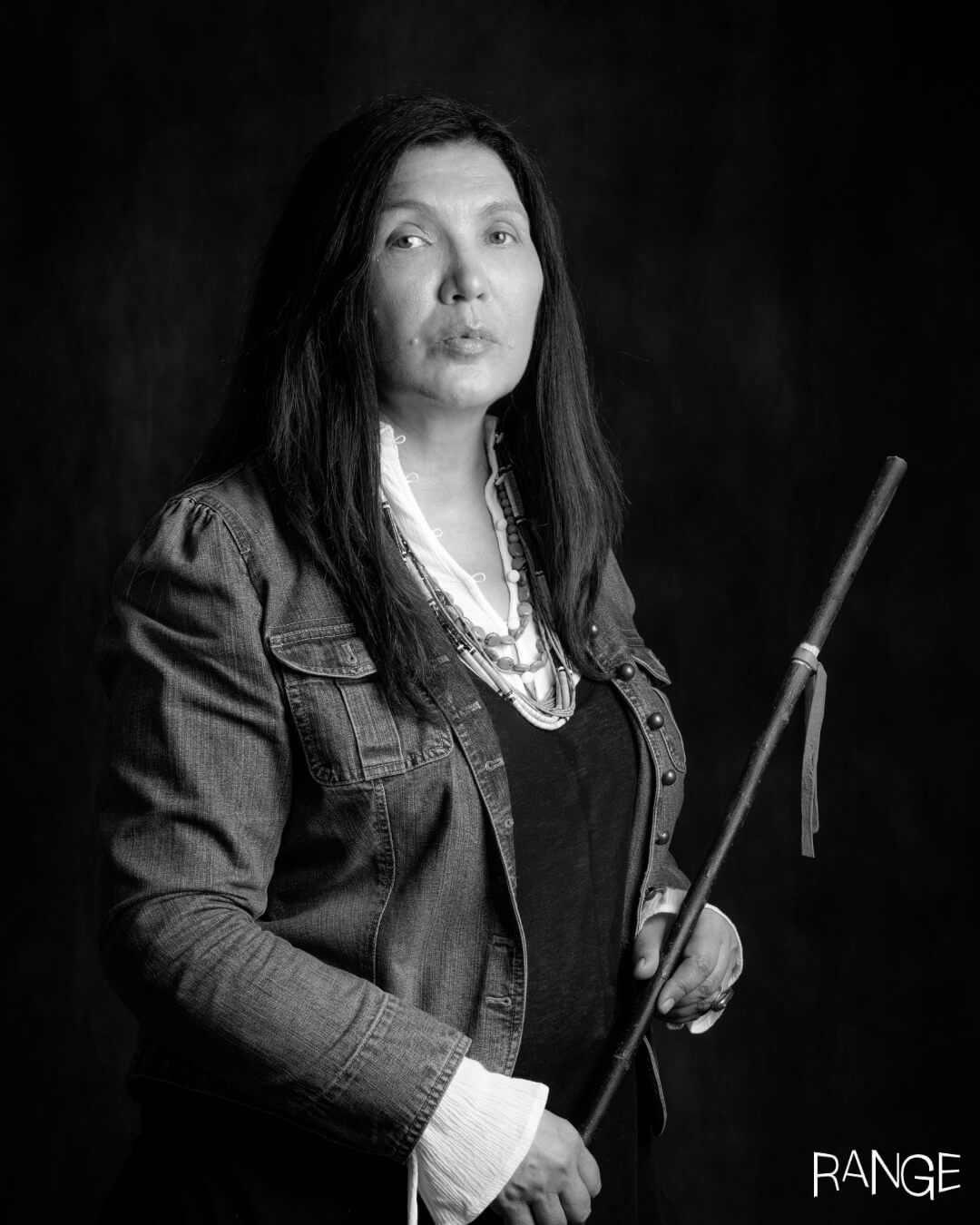
Setting out as a young filmmaker, she drew inspiration from the magical realism tradition of Central and South America, a fantastical genre that nonetheless grapples with politics, imperialism, and genocide in a way that haunts people. “That’s the real power of media,” says Todd. “It’s not going to change the world, but it’s going to somehow inhabit your imagination so that you can never quite look at things the same way again.”
But it was important for Todd to weave hope into her stories. Even Indigenous futurism, for her, focuses too much on trauma. “I’ve been conscious of trying to think about how to make a good future and not just kind of reinforcing this Dystopia,” she says. It’s a delicate balance to deal with difficult truths without replicating forms that are oppressive in and of themselves. How can a movie heal?
Indigenous storytelling conventions contained a key to that question. “If you look at the traditional stories, there are traumatic things that happen. But the story isn’t about the trauma, it’s about the people going through it. And it’s about people finding ways around, finding agency, finding balance and harmony within their life and within their community and with their family.”
Eden Robinson’s (Haisla/Heiltsuk) supernatural mystery novel Monkey Beach proffered the perfect story for Todd to adapt. Robinson’s elliptical, honest, and sensitive style complimented Todd’s. Lisa, the protagonist, fearlessly tracks down her missing brother and gains agency over her metaphysical powers. The layered story tackles legacies of violence without losing sight of the underlying love that connects Indigenous families. “It wasn’t about the monster,” Todd says. “It was about the humans.”
Todd tries to make her production process about humans, too. She does her best in the conditions she’s given to create a sacred circle, a sacred space for a story to grow. In this circle, everyone is equal and everyone is connected — the PA, the director, the best boy, the grip, the actors, all play a significant role in nurturing that sacred circle.
When making Monkey Beach, she did everything in her power to hire as many Indigenous people as possible and insisted shooting take place in Kitimat. Women from the village took time off from their jobs to work in the locations department. “They were the heart of the film,” Todd says. She asserts that making movies should be about building communities through mutual respect, even though, regrettably, she doesn’t see the practice valued in non-Indigenous production settings.
This respect threads through the film crew, into the story and its audience, knitting a fabric of hope. Monkey Beach screened in Terrace for 17 sold-out shows in a row. People drove for hours, returning again and again to see it. The film went on the rake in awards at the American Indian Film Festival and the Red Nation Film Festival. “There was a thirst for something that was healing, that helped people deal with their grief, that wasn’t just trauma porn,” she says.
Todd’s long road has been a bumpy one. Producing award-winning films for the National Film Board in the 1990s didn’t guarantee her work on sets afterward. It took more than 16 years and four funding rejections from the CBC for Monkey Beach to finally see the light of day. Though she optioned the book in the early aughts, it would take a tidal shift in the national consciousness a decade later for Canadian institutions to consider Indigenous stories worth telling, and Indigenous storytellers worth supporting. Todd’s relentless pursuit of her right to make movies was vital in that sea change. She’s a force of nature that has forever altered our media landscape.
Maybe, one day, even greater changes will take place. Colonialism shapes Canada’s communication infrastructure. Our movies, TV shows, and radio programming reflect a distinctly non-Indigenous economy and value system. “Colonialism has a way of replicating itself, so it replicates itself in the power dynamics of personal relationships, business relationships, everything,” Todd explains. She points to Indigenous-owned organizations such as APTN and Northern Native Broadcasting as exciting examples of decolonized media. Her IM4 Lab, too, returns the means of production to Indigenous people. “It’s airwaves that belong to us,” she says. “We should have sovereignty over that as much as we have sovereignty over resources.”
Monkey Beach screens June 21 at the Cinematheque alongside two Barb Cranmer shorts in celebration of National Indigenous Peoples Day, with an introduction by Loretta Todd
By Glenn Alderson
A deep-listening session reveals how Apple Music’s sonic innovation reshapes the way we hear.
By Cam Delisle
Dominic Weintraub and Hugo Williams take audiences on a treadmill-fueled ride through the chaos and hope of modern life.

